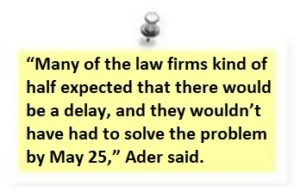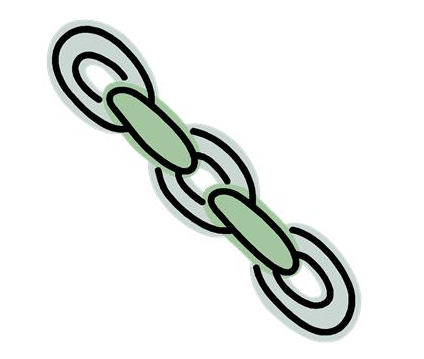Tinder Date Murder Case Highlights the Increasing Complexity of eDiscovery in Criminal Investigations: eDiscovery Trends
With things like social media, electronic purchases, GPS tracking, and the Internet of Things, a normal day in anyone’s life creates an in-depth data trail. So, it’s no surprise that more and more, electronic evidence plays a key component in criminal investigations. While eDiscovery technology is mostly used in the civil courts, namely because corporate and government organizations have more resources than municipal, county, and even state law enforcement agencies to conduct reviews of large data-sets, it’s still worthwhile to look at the varied ways electronically stored information (ESI) is used to help detectives piece together a chain of events in order to solve a crime.
In an article published in The Daily Beast this week, we find the seemingly mismatched couple, 51-year-old Aubrey Trail and 24-year-old Bailey Boswell, charged with the murder of a 24-year-old Nebraska woman, Sydney Loofe. The story echoes the Starkweather / Fugate crime spree throughout the same region 60 years ago, only this time digital evidence led investigators to the perpetrators.
Trail and Boswell were arrested as part of a gold coin theft racket in November, but after further investigation, are now charged with Loofe’s murder, who was last seen November 15th before going on a Tinder date with Boswell. Police found the remains of Loofe’s body in a field a few weeks later, and in the months that followed, used a wide variety of ESI, along with traditional forensics, to link Trail and Boswell to the murder. The list of evidence pieced together is remarkable from an eDiscovery point of view:
- Tinder Profiles: 140 messages between Loofe and Boswell in the days before November 15th were pulled from their online dating profiles. The last was on Nov. 15 at 6:54 p.m., when Boswell said she’d arrived at Loofe’s apartment. Police also found that Boswell went by “Audrey” on her online-dating profile.
- Snapchat Photo: Loofe sent a selfie to a friend via Snapchat on November 15th with the caption, “Ready for my date.”
- Facebook Videos: Trail and Boswell both posted Facebook videos claiming innocence while police were looking for them. In one, Boswell said she was “Audrey on Tinder and a few other names because I have warrants.”
- iPhone Reset: After her arrest, Boswell gave investigators permission to search her iPhone 7, which they found had been reset to factory default settings on November 17.
- Cellphone Pings/GPS Locations: Loofe’s phone last pinged a cell tower near Wilber, where Boswell and Trail lived in a basement apartment. When detectives searched that residence, the landlord, who lived upstairs, “reported a strong odor of bleach coming from the basement.” Data from Boswell’s phone showed its location was “in close proximity to the area where the remains were discovered Dec. 16th.”
- Security Video Footage: Security footage from a local Home Depot showed Trail and Boswell on Nov. 15 around 10:35 a.m., shopping for tools and supplies that could be used to cover up the crime.
- Phone Calls from Jail: In two different phone calls, one to the Lincoln Journal Star and the other to the Omaha World-Herald, Trail gave different accounts, claiming he unintentionally killed Loofe in a sex game gone wrong.
All of this led to a confession from Trail, stating that he had killed Loofe, and then he and Boswell covered up the crime scene and disposed of the body.
Using electronic evidence to solve crimes is nothing new, but now more than ever, the digital footprint that individuals and organizations leave is staggering in its depth and variance. At the same time, it’s amazing how skilled investigators are using the raw data left behind in order to put together cases in both the criminal and civil courts. The common denominator with both then becomes the ability to preserve, collect, and review this data in a timely and affordable fashion, in order to get the facts as quickly and efficiently as possible.
So, what do you think? How do you see the influx of new data sources affecting your eDiscovery practices and policies in the future? Please let us know if any comments you might have or if you’d like to know more about a particular topic.
Sponsor: This blog is sponsored by CloudNine, which is a data and legal discovery technology company with proven expertise in simplifying and automating the discovery of data for audits, investigations, and litigation. Used by legal and business customers worldwide including more than 50 of the top 250 Am Law firms and many of the world’s leading corporations, CloudNine’s eDiscovery automation software and services help customers gain insight and intelligence on electronic data.
Disclaimer: The views represented herein are exclusively the views of the author, and do not necessarily represent the views held by CloudNine. eDiscovery Daily is made available by CloudNine solely for educational purposes to provide general information about general eDiscovery principles and not to provide specific legal advice applicable to any particular circumstance. eDiscovery Daily should not be used as a substitute for competent legal advice from a lawyer you have retained and who has agreed to represent you.











